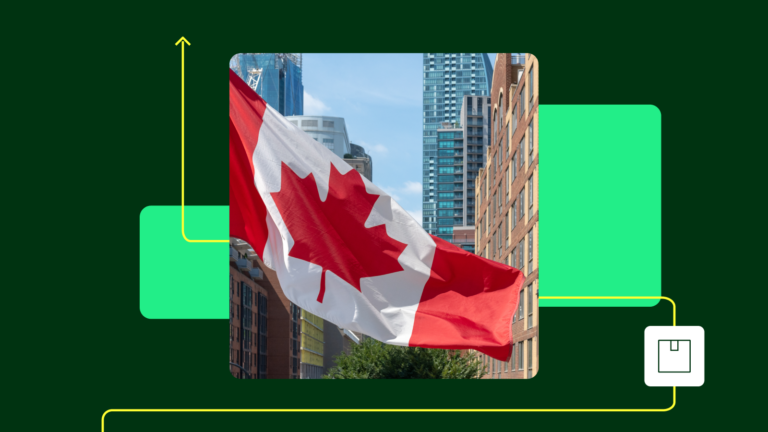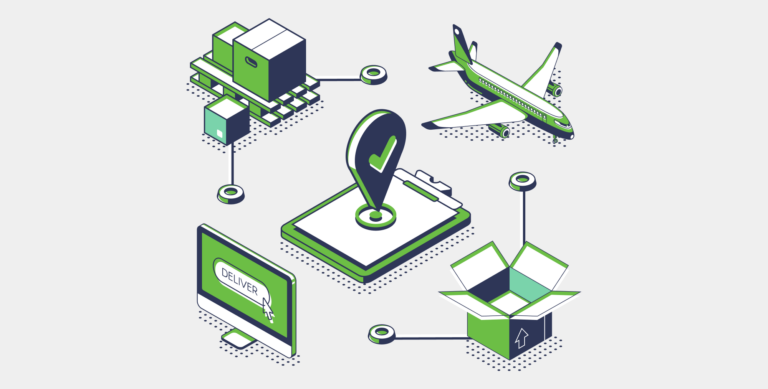3 Tips for Taking Care of Your Ecommerce Packaging

This blog was contributed by Ben Conard. Ben is the Marketing Director at noissue.co, an online platform for ordering custom branded tissue and stickers. Noissue gives SMEs access to affordable, sustainable, customized packaging worldwide.

Branded or Unbranded Packaging?
As with all things, it depends on what you’re selling! If your product is highly technical, then it’s likely that people aren’t buying it for the aesthetic appeal. In that case, branded packaging might not make much of a difference for your customer.
If you’re selling something that relies more on the visual impact — say clothing, handmade goods, or even a subscription box— then it makes more sense for you to spruce up your ecommerce packaging.
When you think about your ecommerce business, how many touchpoints do you have with your customer? If your main form of interaction is on your webstore (which is likely), then making an impression in the physical sense can be worth the extra spend on branded materials. And if your budget doesn’t have room for that kind of thing, there are other ways to make an impression! Consider including a specialized thank you note or a postcard with your orders.
Your packaging needs to fulfill its primary focus, which is to get your product to your customer safe and sound. Anything extra is icing on the cake, which can benefit your company in the process.
In a Dotcom Distribution study on ecommerce trends, 40% of online shoppers said that branded packaging made them more likely to recommend a product to their friends. That’s a lot of extra word of mouth that, as an ecommerce business, can be hard to generate outside of the online sphere.
Managing Your Budget
For a typical ecommerce brand, packaging for your direct-to-consumer sales is a different beast entirely than what your product is packaged in to start with. So to be clear: we’re talking about what goes around your product in order to ship it to its end destination.
Our basic rule of thumb is that your packaging costs should be between around 1% and 5% of your average order value. Below is a breakdown:
- Low-margin, Low-to-Mid Value Goods: 1-2%
- Middle Margin, Mid-to-High Value Goods: 3-4%
- High Margin, High Value Goods: 5%
On the upper end are high-margin value goods where you can afford to spend more on ecommerce packaging, and indeed the customer likely expects more from you. Take, for example, a high-end handbag ecommerce brand. If the handbag arrives in plain, brown box packaging with packing peanuts, the customer might be underwhelmed, negatively affecting their relationship with the brand.
On the lower end, though, there are still plenty of options for a customized brand experience that doesn’t break the bank. Think again about the little additions you can make to your package. Sure you can ship in a brown box, but maybe invest in a colored corrugated box that aligns with your brand, Or improve your unboxing experience by enhancing the contents with ribbon or custom tissue paper.
Finally, avoid wasting space. This one doesn’t need a lot of explanation, but keep in mind that a box within a box doesn’t just mean a higher spend on physical packaging. It also increases the weight of your final shipment, incurring much higher freight costs.
You don’t have to sacrifice your branding just to keep costs down. A little creativity goes a long way!
Purchasing Your Packaging
When it comes time to purchase your ecommerce packaging, the first thing you’re going to run into is MOQs. MOQs are minimum order quantities and will undoubtedly end up impacting where you source from.
For unbranded packaging, the MOQs are typically quite low. This is due in large part to the printing associated with custom branded packaging. Unbranded packaging is simply a matter of what’s on stock, and can be quite cheap.
In order for a company to fulfill a custom order though, they have to make it worthwhile to them. This means printing an order large enough to justify the cost of the printing plate they use to stamp your design on the box.
Here’s where typical custom ecommerce packaging options fall in terms of order quantities:
High MOQs:
- Bubble Mailers
- Carry Bags
- Boxes
Low MOQs:
- Stickers
- Tissue Paper
- Tape
Your target MOQs depend on the volume of goods you’re shipping as well as how much space you have to stock packaging. If you run your own warehouse this can be quite costly. However, many fulfillment agencies and 3PLs now allow you to ship your custom packaging to their fulfillment centers and will work with you to offer custom options.
These are just the basics. But choosing between branded and unbranded ecommerce packaging, picking the right type of packaging, and managing your budget are all important steps in sorting out your branded packaging experience.



